12 Ideas to Learn About & Love Where You Live
Living more sustainably is far easier once you get to know the area in which you’re living. If you’re moving to a new area and wondering how to get settled in, consider trying some of these ideas to find your way around town and fall in love with your new hometown.
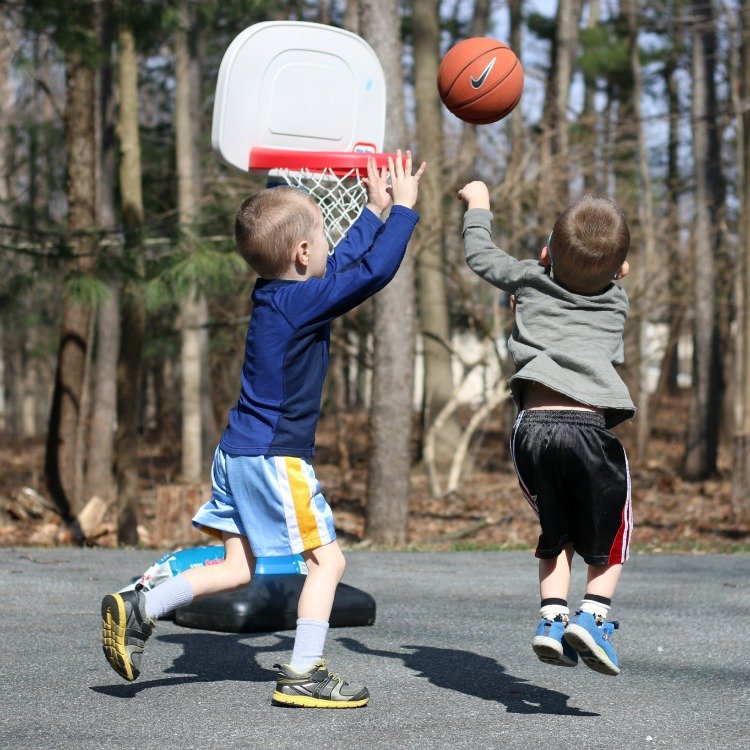
When I was pregnant, so many people struck up conversations with me (always about the baby, of course). Was it my first? How far along was I or when was I due? How was I feeling? Did I know the gender? Even in situations when strangers generally shy away from conversation (in elevators, waiting in line, etc..), so many people felt inclined to chat me up. I know many other moms-to-be also experience similar attention from strangers.
Some attribute this chattiness to people being nosy or just being intrigued by a baby belly. I think, though, that it has less to do with being pregnant and more about having an easy conversation stater available. In other words, I think many people genuinely appreciate small conversation with strangers in elevators, in groceries store lines, etc.. but we just aren’t sure what to talk about.
Just a Conversation Starter
I’m no social scientist, so I have no formal research to back up my claim. But pregnant bellies aren’t the only thing that gets otherwise silent strangers talking. Consider t-shirts with phrases or sports teams or city references. How about an unusual costume, a child wearing a sports uniform, or a set of identical twins. When we recognize a topic that we know will resonate with the other person, we’re much more inclined to start a fresh conversation.
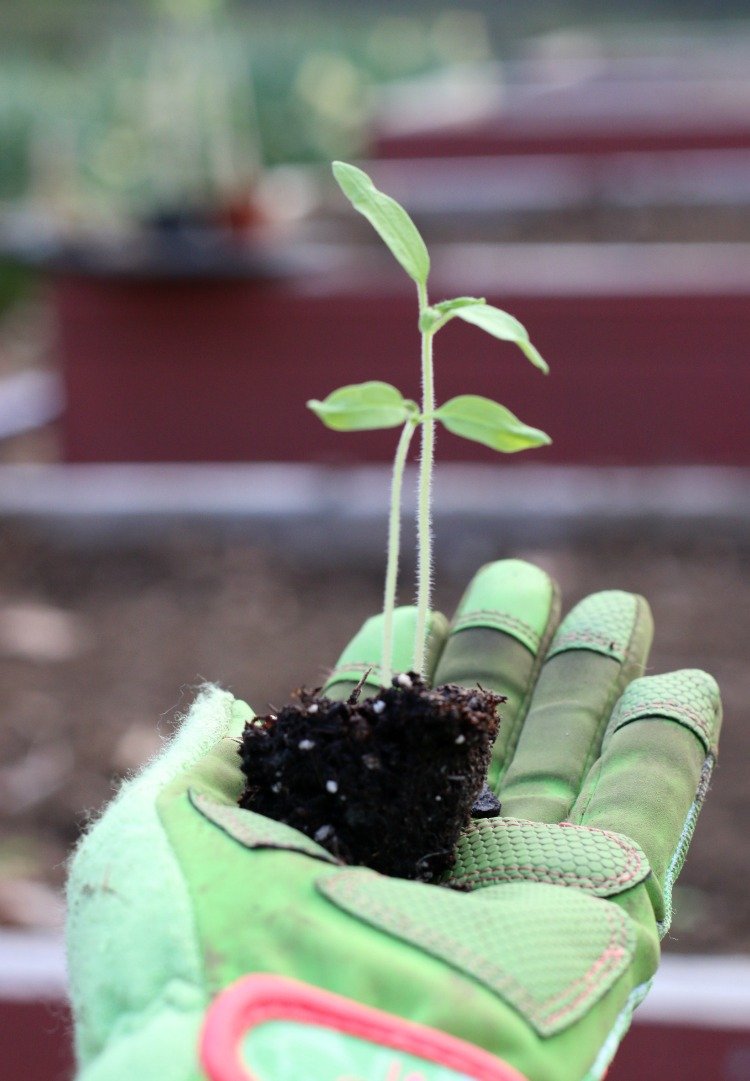
This may not be much of a revelation to some, but I’ve used this principle after moving to Philadelphia to help get more acquainted with the area. When provided with a reasonable opportunity to mention to a relative stranger that I just moved to the area, I often try to work it into the conversation.
Don’t get me wrong, I haven’t been gallivanting around town blindly telling everyone where I live and that I know nothing about the area. But when it made sense, I have offered up just enough information about being new to town to give the other person an opportunity to share a few nuggets they know about the area and the community.
Halo of Ignorance and an Open Door for Information
Mentioning this little fact gave me a halo of ignorance under which I could acceptably ask stupid or seemingly obvious questions about the town, local stores, communities, etc.. Additionally, many people offered up helpful tidbits of information about favorite restaurants, the best daycares, great parks, public school information, and so much more.
Being new to the area, I didn’t necessarily even know what questions to ask. Opening up an opportunity for others to share with me what excited them about the area, I learned of so many places and resources about which I might never have thought to ask.
This Is Where You Belong
This type of open dialog with my neighbors (on my street and throughout my town) paralleled the stories and ideas that Melody Warnick shared in her book, This Is Where You Belong, which I read right around the time we moved from Chicago to Philly.
After moving to Blacksburg, Virginia, yet another new home for her family on their growing list of cities in which they lived, Warwick created a Love Where You Live experiment and documented her journey in the book. Ultimately, she wanted to know if we could nurture and expedite the process by which we fall in love and become attached to our home towns. What exactly makes us love where we live?

Having recently moved to the suburbs of Philadelphia from a very different home in a high rise in downtown Chicago, this book felt particularly relevant to me. Not only are we new to the area, but it’s also the first time in over a decade that we expect to live in the area for a while and intend to invest more deeply in getting to know our neighbors and community.
After reading the review by Janssen from Everyday Reading, I added it to my reading list.
I finished the book over two days of roasting in the Aruban heat while on vacation. Warnick offered about a dozen general ways to learn to love where we live, and she included a more specific checklist of examples for each category that I found particularly helpful. The book wasn’t currently available in my library, so I bought a copy (something I rarely do and an indication of how much I wanted to read it shortly after moving into our new house).
I agree with Janssen that owning a copy is nice because it will be a resource later as I consider new ideas to implement in learning to love my new home town. We have known for the last couple of years that an impending and long-term move was in the works, so I’ve been ready to invest my energy in a new place for quite some time. This book couldn’t have landed on my radar at a better time.
No matter where you live and how long you’ve lived there, I think this book provides some insightful thoughts on how to be happier with where you live. It’s particularly relevant to those who move regularly (which is a large portion of the country, according to Warwick). But even if you’ve been implanted in your home town for many years, you likely haven’t entertained some of the ideas she tried to become more connected to her local community.
As we get settled in our new home in the suburbs of Philly, I’ve been gathering a list of ideas we can practice to learn more about and love our new home town. Some we have tried already and others are on our to-do list.
12 Ideas to Learn About & Love Where You Live
Get a Library Card ~ The local library is about as local as it gets. It’s nice to be able to put books on hold so you don’t have to rely on just what’s on the shelves when you visit. You can also check out community activity calendars, participate in free family activities, and get some good use out of our local tax dollars. Check out these 6 Tips To Make the Most of Your Local Library.
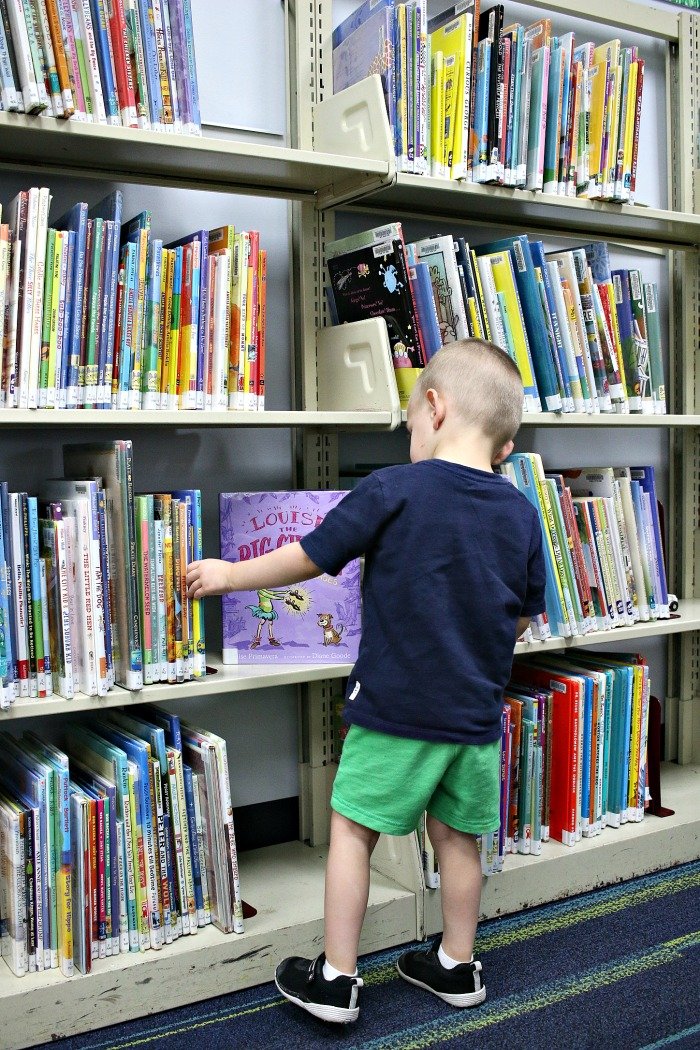
Let Others Know You’re New ~ Like I mentioned above, open the door for others to share their wealth of knowledge. Most people love to talk about their favorite places and things where they live, so they’ll be happy to tell you all about them.
Visit the Local Landmarks and Tourist Attractions ~ Warnick offered this suggestion in her book, and I think it’s a great one. The local landmarks and tourist attractions are the highlights of our towns. They make each of our hometowns unique. Even the smallest of towns has something to offer, and learning about these places brings us closer to what makes our home special.
Sign Your Children Up for Local Activities ~ Whether it be a sports team, a group art class or dance class, or a summer camp, these activities provide a great chance to get to know other families in the area (and presumably, other families with similar interests to yours). Parents are a great resource for information about school options, community events, and who’s who in the area. Leverage their experience.
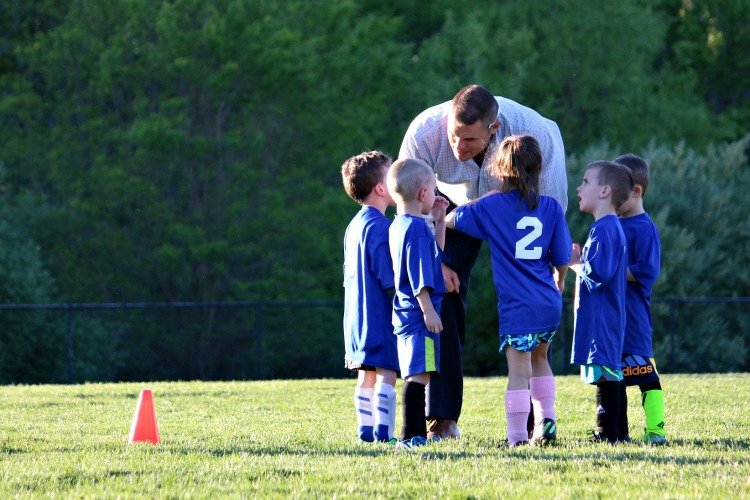
Shop Locally ~ Another suggestion from Warnick, shopping locally provides an opportunity to get to know more residents and preferences as well as support the local economy. I won’t go into all the details, but Warnick offers a good bit of information on how significant the incremental benefit of local shopping has on a community over shopping at national or international retailers. If you’re visiting a local shop regularly, you also have the benefit of becoming a regular. Shop owners always take better care of frequent customers than multi-national retailers.
Take Walks in Your Area ~ Relative to driving, walking offers more opportunities to become aware of and connect to the people and places in a community. In our cars, we are effectively isolated from others while we peruse around our towns. When we walk, we have more time to experience our surroundings, chat with passing neighbors, and explore what’s between our home and our destination. Warnick writes more extensively in her book about the benefits of walking as well.
In Chicago, we walked almost everywhere and loved it. In our new home, we live in an area where we can’t really walk anywhere (at least directly from our home). It’s a bit of a bummer, but we’ll have to find some places to take nice walks to get to our know town. It’s certainly something we enjoy doing as a family.
Explore Local Playgrounds with Your Kids ~ The boys loved visiting playgrounds in Chicago, and they offer another really great opportunity to connect with other parents. While we only had a few within a mile or two of us in Chicago, there always seem to be more public playgrounds in an area than one might initially expect. Seek and you shall find!
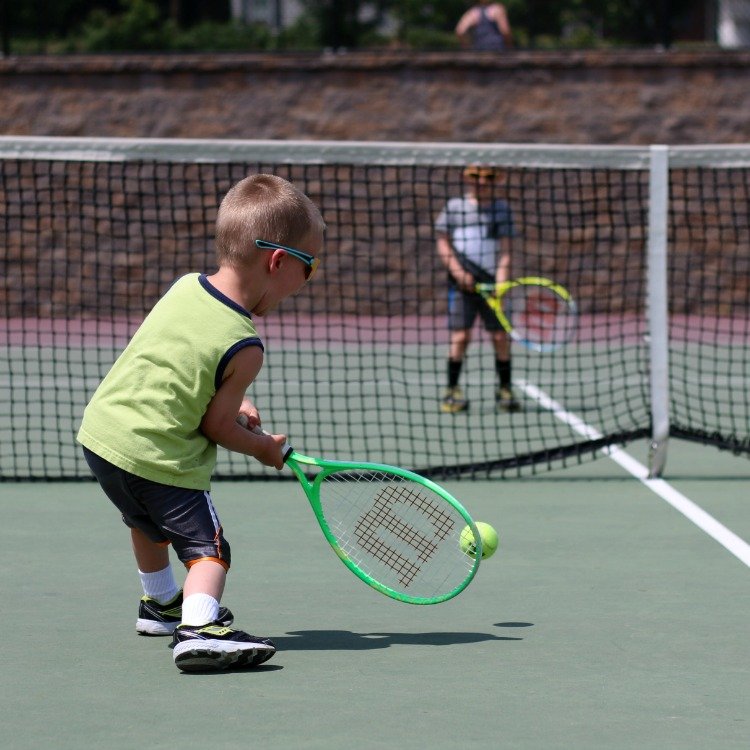
I think it would be fun to make a hit list of all the playgrounds in the area and see how long it takes to get to all of them. Start by making a checklist of playgrounds to visit by using the town’s municipal website. Also ask all those parents at the kids’ activities and at other playgrounds for more ideas.
Use Waze ~ If you’re not familiar with Waze, it’s a “community-based traffic and navigation” that, among other things, helps you find the best route to your location (including accounting for traffic) and notifies you of upcoming hazards on the road.
Learn the back roads. Get comfortable traveling multiple routes to get somewhere. Not only will it help you avoid traffic areas when streets get backed up, but you’ll feel like a local zipping through side streets. Who knows what shops, parks or local points of interest you’ll stumble on while traveling off the beaten path.
Join a Board ~ Maybe you choose the library, your home owners’ association, or another local non profit that excites you. No matter the venue, get connected with other active community members in your area.
Learn the Aisles In Your Grocery Store ~ Isn’t traversing an unfamiliar grocery store the worst? You end up wandering aimlessly down aisles, retracing steps, visiting at busy times, not finding the brands you love, and generally feeling overwhelmed by something as simple as your grocery list.
Visit a few times when not in a time crunch so you can plan to wander through aisles and search for the products you know you’ll want and need. Soon enough, it will feel like old hat. (Just be sure it’s not one of those grocery stores that changes up their shelves every quarter – so annoying!)
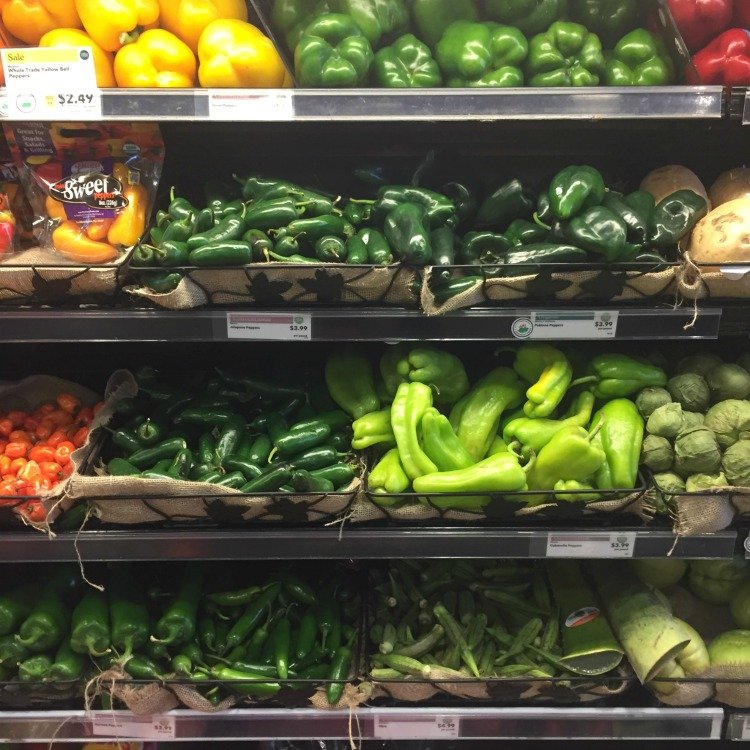
Get Fit With Your Neighbors ~ What better way to get to know your neighbors than getting sweaty together by attending classes at a local exercise studio or joining a running club? Often in a small setting with just a dozen or two dozen people, you spend time with a group of people who have at least one thing in common with you.
This probably won’t work out well at a large national gym chain, so consider a studio or small group option like barre, yoga, spin, a running club or Crossfit. These smaller studios create a great sense of community built around similar interests. You’re staying fit, getting to know the locals, and pumping your dollars back into the local economy.
Attend a Local Sporting Event or Artistic Performance ~ Even if your town doesn’t have local professional sports or art options, consider attending a high school game or a high school play. I know our boys love watching hockey and football, and they don’t care if it’s the local high school team or the Philadelphia professional team.
At these types of events, I haven’t been shy to ask questions about where to find good food or how to sign up the boys for sports teams. On two occasions, we ran into teachers at the local elementary school, and I asked about the school schedule and the quality of the after school care at the public school compared to some of the local daycares.
Live Simpler By Getting To Know Your Area
Simpler living is certainly enhanced by knowing an area well. Before we can really invest ourselves and make the most of the area, it helps to know the neighbors and navigate the back roads to find the local stores. To eat the freshest food, we need to find the local farmers’ markets.
When you move to a new town, what have you done to make it feel like home? I’d love to hear your suggestions in the comments below or over on Instagram!
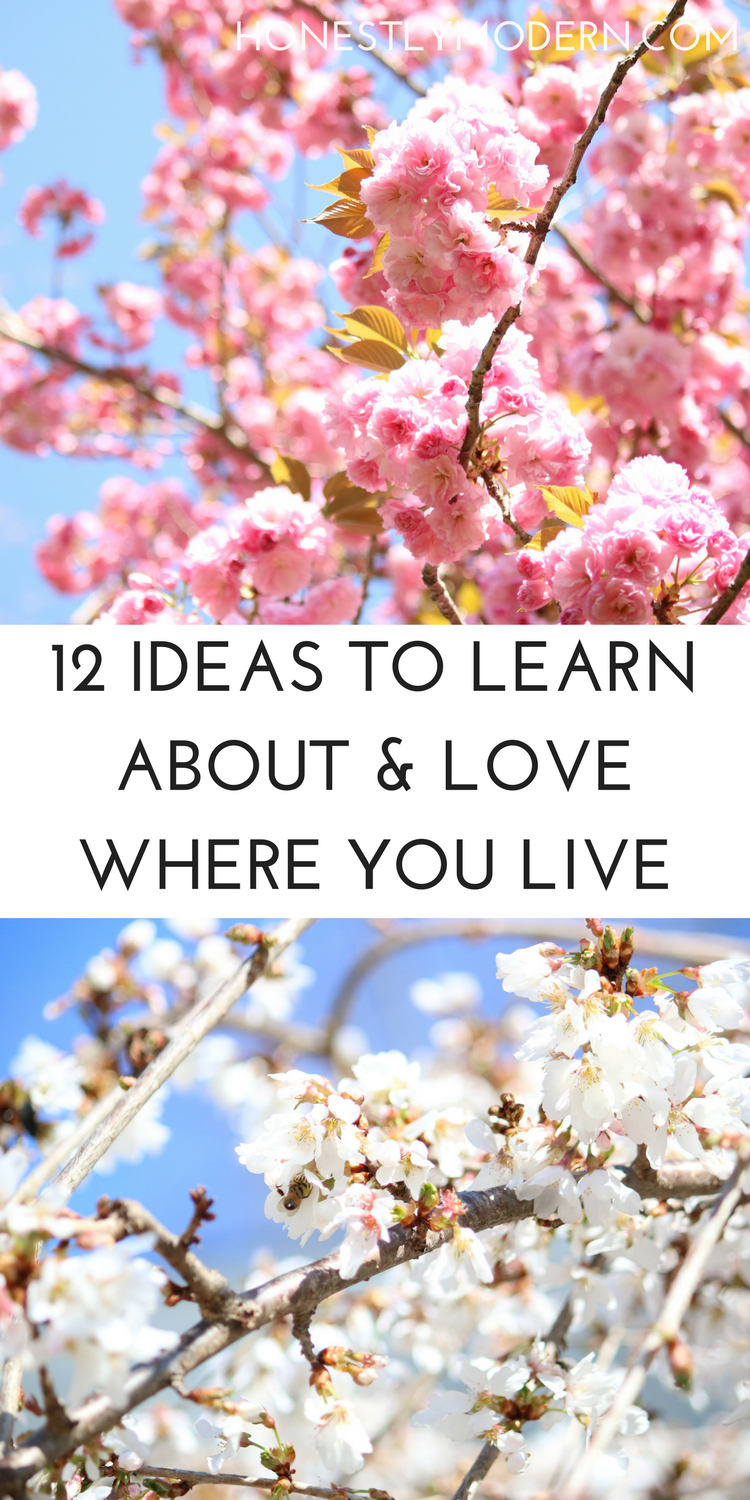



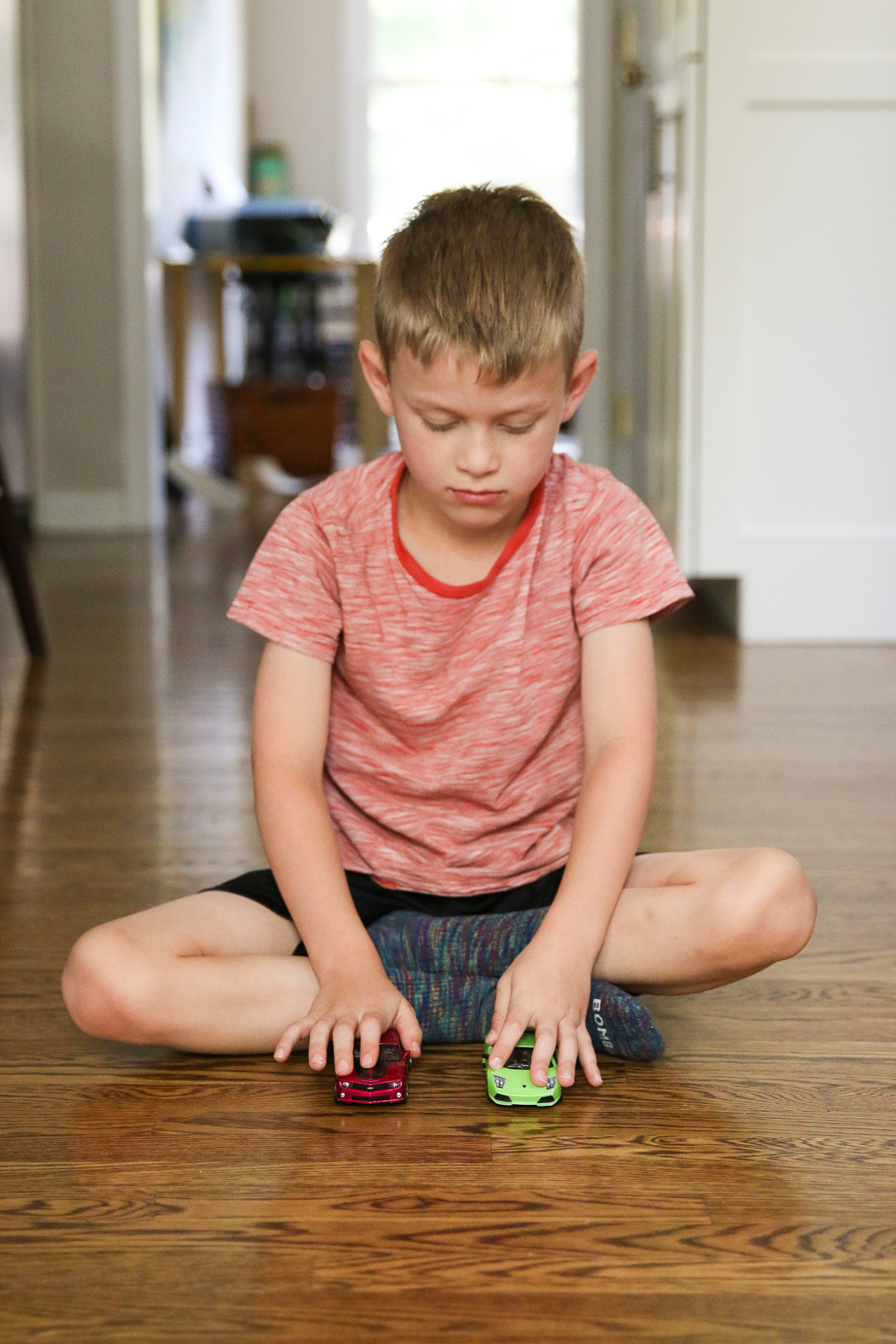
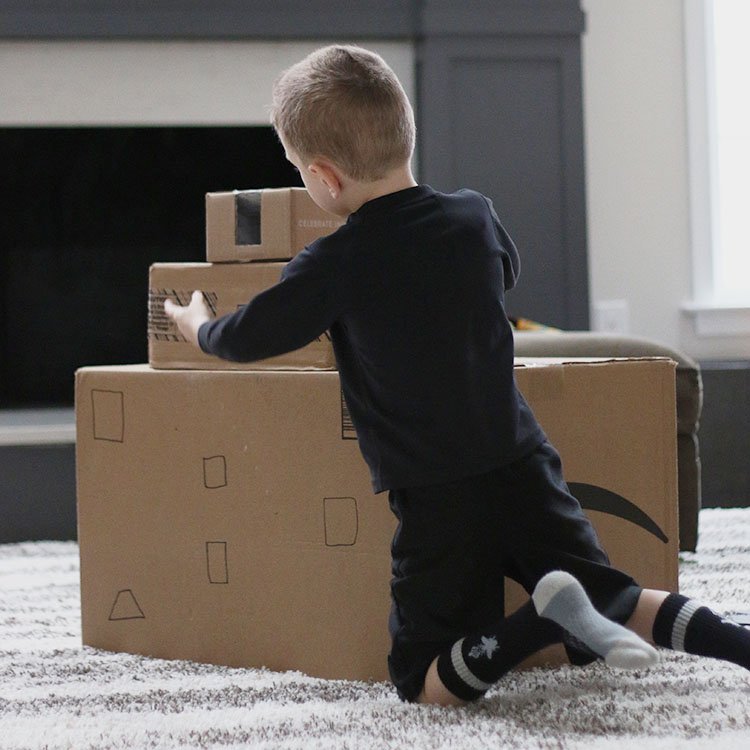

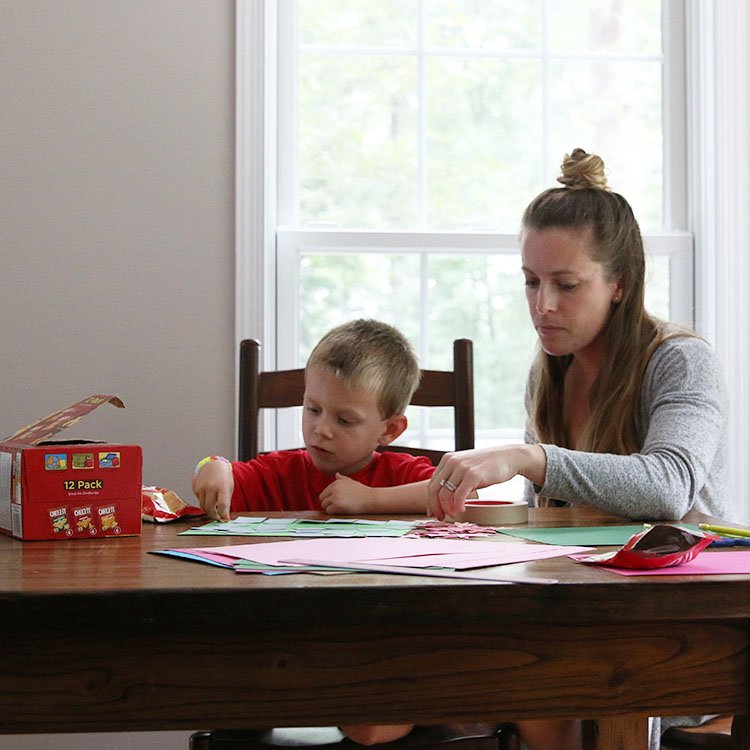

Fun ideas! Great photos! These are things that everyone can do, even if they have lived in an area for a while. Great ways to get involved in your community!
Thanks 🙂